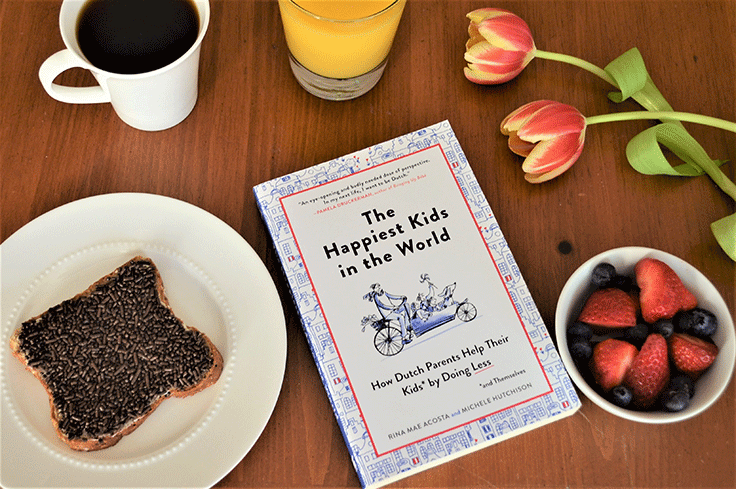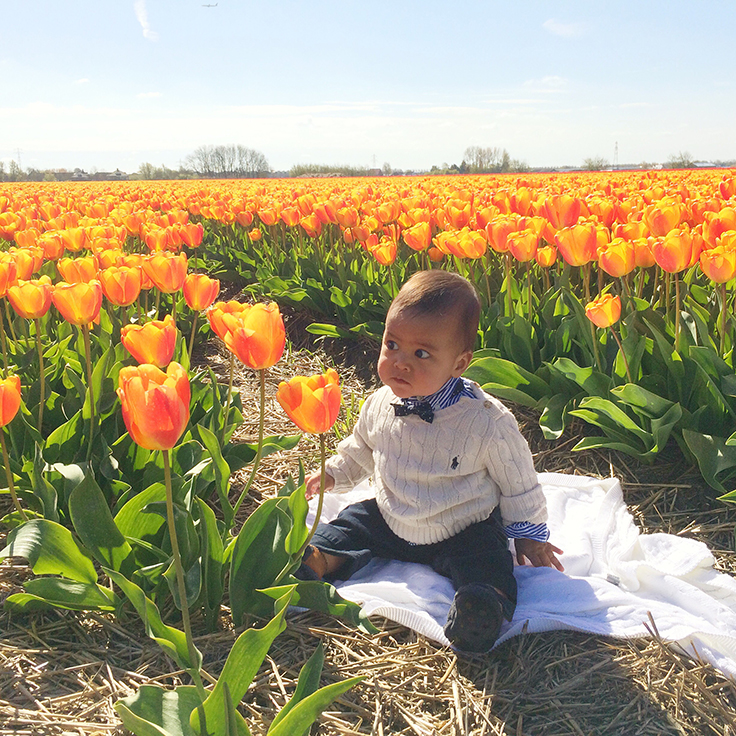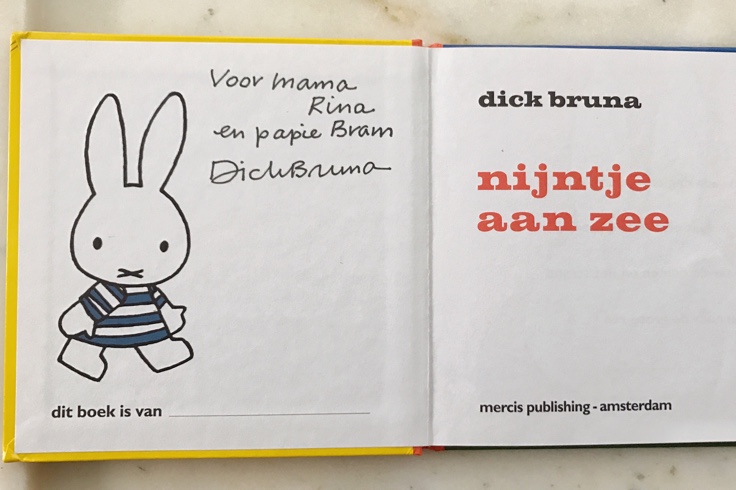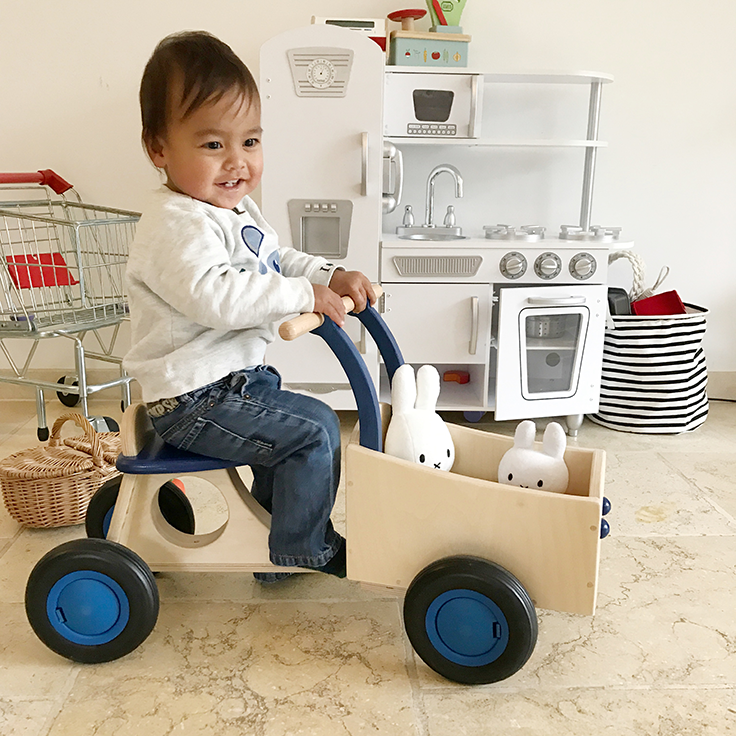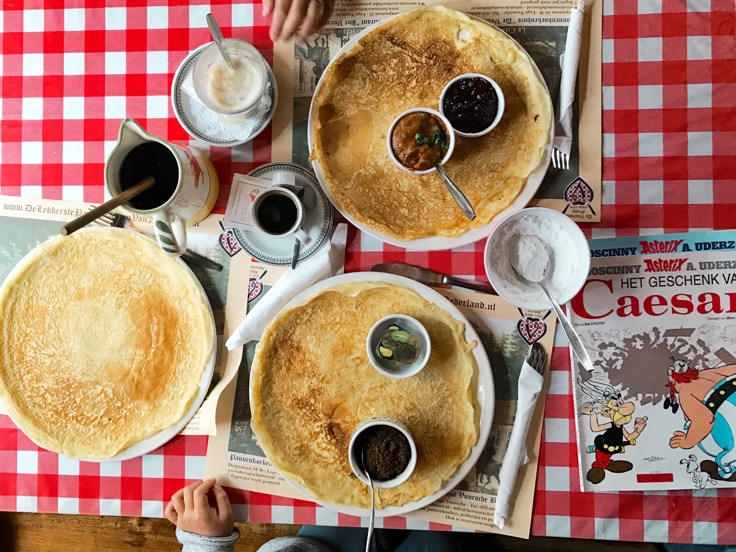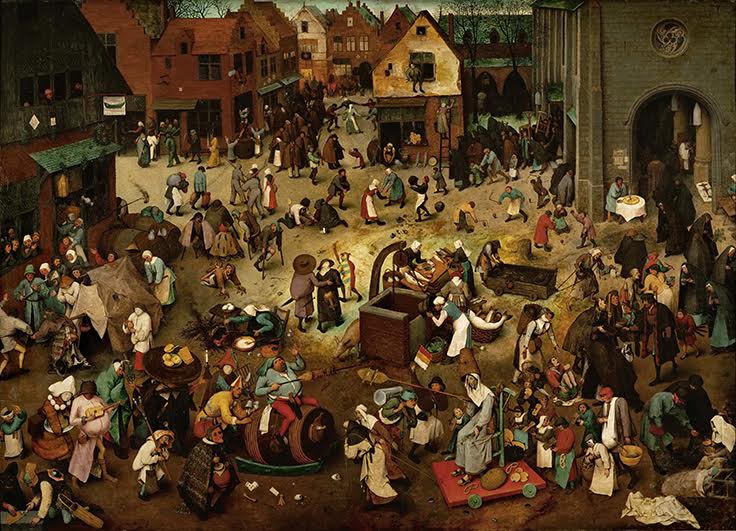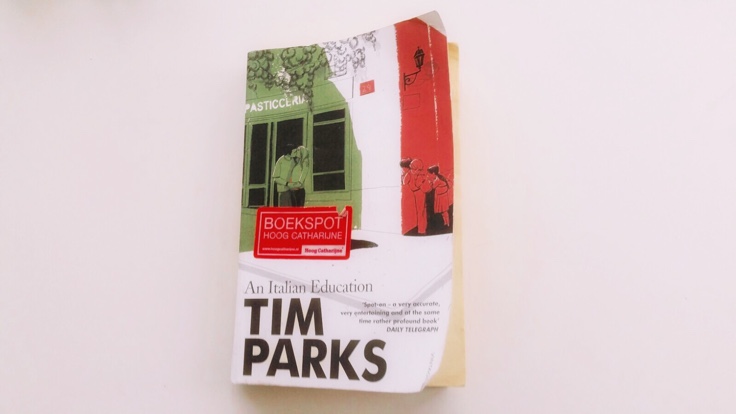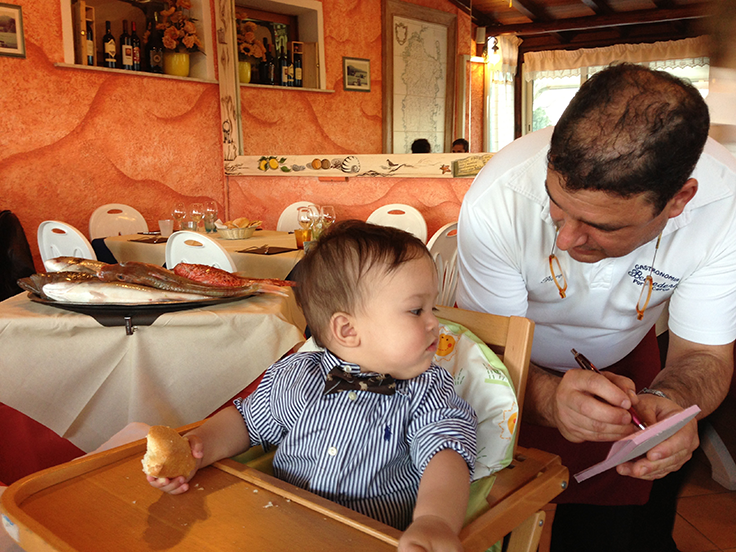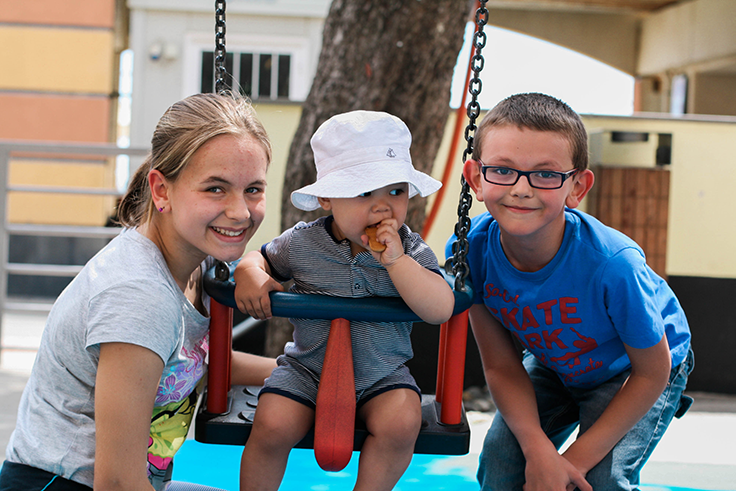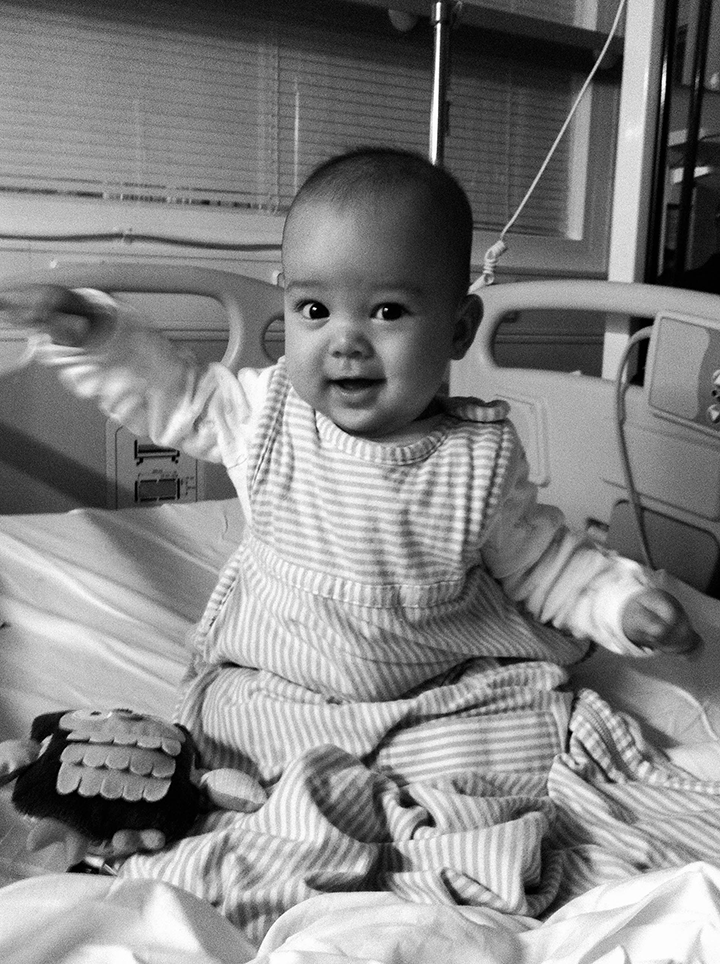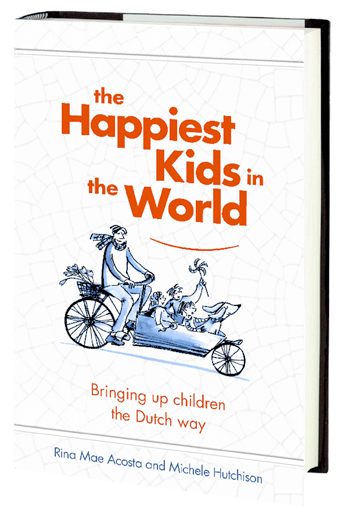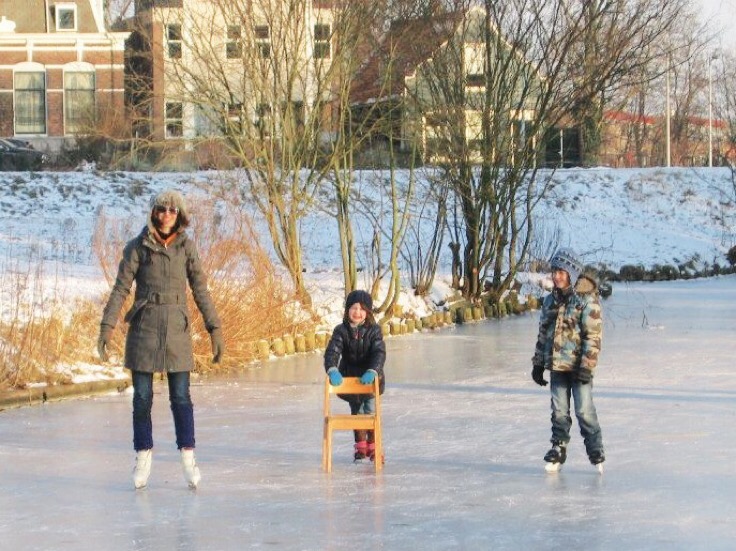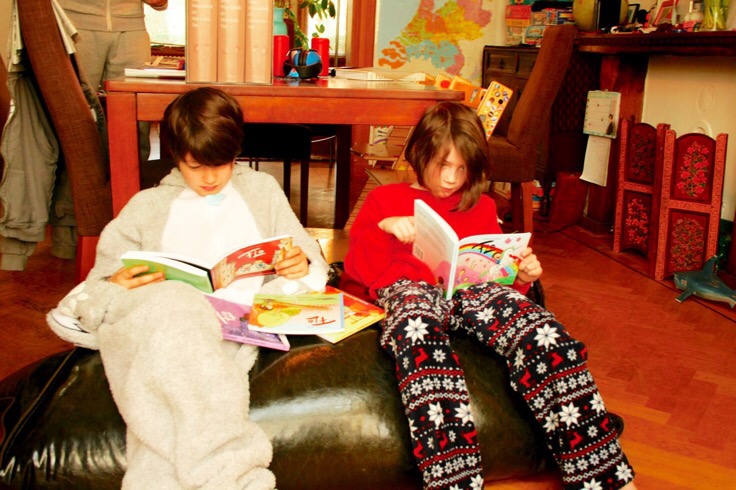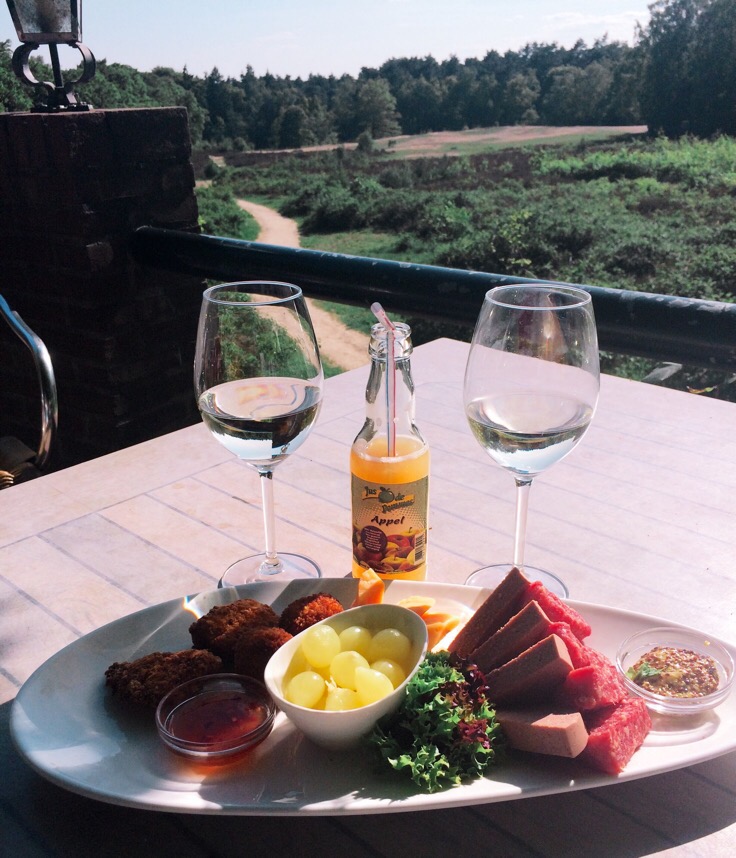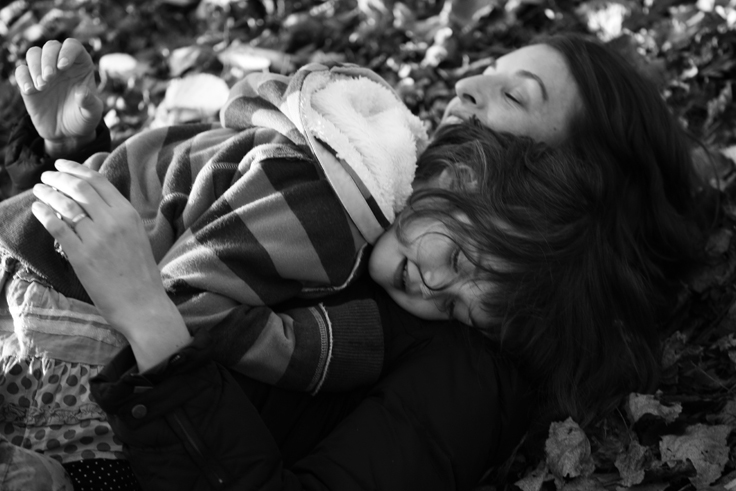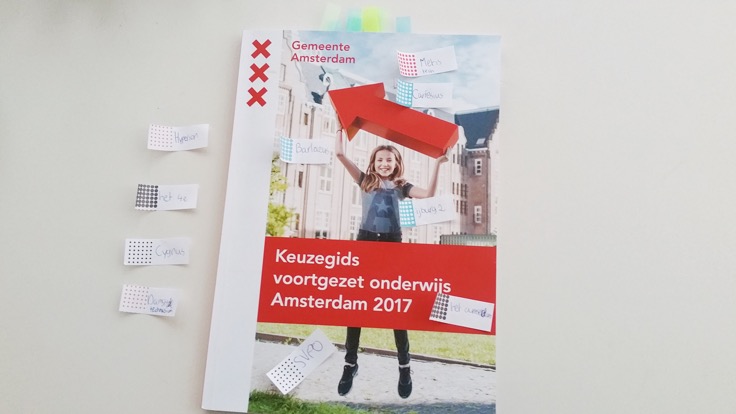
This year I finally got why the Dutch are so fond of the word keuzestress: the stress of choosing, the stress of having too many choices. Mostly it’s used in reference to young adults in their twenties and thirties trying to figure out what they want from life. The other thing is, you don’t have keuzestress without options. But sometimes children are presented with options too: if you live in Amsterdam and are in your last year of primary school, there is a wealth of secondaries you could attend.
Here children choose which high school they want to go to, rather than parents. Children can attend any school offering the specific type of education recommended to them; there aren’t catchment areas. Over a period of three weeks, all of the schools open their doors on various weekday evenings and Saturdays and put on a beauty pageant for the kids. There are trial lessons, information sessions, lab tours, musical performances and you get a bag with information about the school and a gift when you leave. My daughter now has keyrings, a Dopper water bottle and earbuds stamped with the names of different schools. We also have piles and piles of brochures and papers. She was impressed with the Dopper.
Given that some schools are more popular than others, children must compile a ranked list of their preferences. Places are assigned by a lottery per category rather than by merit, with 95% of children getting into one of the top three on their list. The fact the other 5% end up lower on their list means it is advisable to hand in a long list of schools, say ten to twelve. Now here’s the rub – all of the schools are different and have their own identity. Choosing a school is not about comparing like with like.
My daughter has a VWO recommendation (pre-university entrance). In Amsterdam, there are five categorical gymnasiums – schools offering only a ‘gymnasium’ qualification – VWO plus Latin/Greek, which she could go to. But there are also lyceums – schools offering VWO (with or without classics) and HAVO, the next level down. HAVO prepares you for a more practical college education afterward, say business studies or applied psychology. There are also schoolgemeenschappen – comprehensive schools offering all three levels of study. VMBO prepares pupils for vocational training afterward. She could attend any of these school types and take her VWO exams in six years’ time.
We visited six schools last year and ten this year before Ina came up with her list. Joining her on her visits, I was amazed by the amount of innovation going on in Amsterdam. The new IJburg 2 College (comprehensive) had both horizontal and vertical clusters (same level and different levels together) and project-based learning rather than separate subjects. The building was architecturally interesting with open plan class setups – with good sound insulation, a teacher assured us. At present, it is in the middle of a building site on Zeeburger island. For Ina, it would mean a long cycle over the windy Schellingwoude bridge, but she deemed this preferable to navigating the busy city center traffic if she were to go to the Amsterdams Lyceum for example.
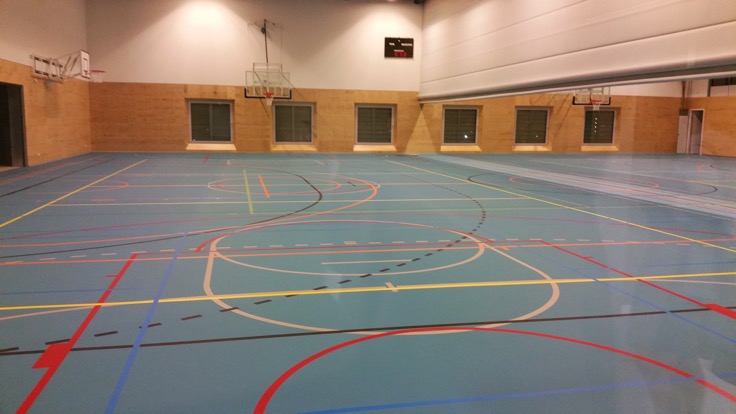
Just three hundred meters from our house, a new branch of the SVPO (School voor Persoonlijk Onderwijs) will open after the summer holidays. Its timetable is unusual in itself – school just four days a week from 9 to 5. Homework is done at school with the teachers, and class sizes are just 16 kids. It’s not a private school. None of these are. Smaller class sizes are achieved by only having eight teachers, a head and a concierge, no other support staff. Tests are done online to cut out on marking, so the teachers only work four days 9-5 too. Lessons last 85 minutes, and there’s a sports day once a month.
At Het 4e Gymnasium, the school my son attends, lessons last 50 minutes and the timetable is a five day a week/ 7,5 hours a day. While my daughter was mainly interested in schools with a strong science and maths profile, preferably with technology and IT options, she was wowed by the award-winning architecture of the 4e’s new building in Amsterdam-West. With its own in-house cinema, film editing suite and excellent drama facilities, she suddenly decided she’d be equally happy studying drama as IT. For the more scientifically-minded, the school is also unique in offering Astronomy lessons.
Two schools in Amsterdam offer the new ‘technasium’ diploma – a VWO with technology & design, which my daughter was really interested in. Metis Montessori has both technasium and a ‘coder’ class for children who want to learn programming as an additional subject from day one. Damstede, around the corner from us, a lyceum with a reputation of being solid but not inspiring in terms of extras, is building a new location for a technasium and a sports HAVO. That also went on the list.
Then there was Cygnus Gymnasium, also in a modern(ist) building – this one textured gray concrete. It has excellent results, friendly teachers and kids and good science facilities. They also teach ‘living Latin’ believing speaking it makes it easy to learn, and use the AIM method of teaching French in French with hand gestures. Hyperion Lyceum in Noord has ‘atheneum plus’, a VWO diploma with extra science subjects such as IT and robotics. Offering both gymnasium and athenaeum diplomas, it is the most oversubscribed VWO school in Amsterdam, unfortunately, with just over half of those who apply getting a place.
Cartesius Lyceum won Ina’s heart with its climbing wall, a down-to-earth mix of kids from different backgrounds, nice teachers, a good location, one-hour lessons and computer science. At the very reputable Barlaeus Gymnasium, she took part in a classroom debate about whether meritocracy should be used in assigning schools rather than a lottery. Shouldn’t the children with the highest grades get first dibs? There were good arguments for and against but Ina still felt the Dutch system was better.
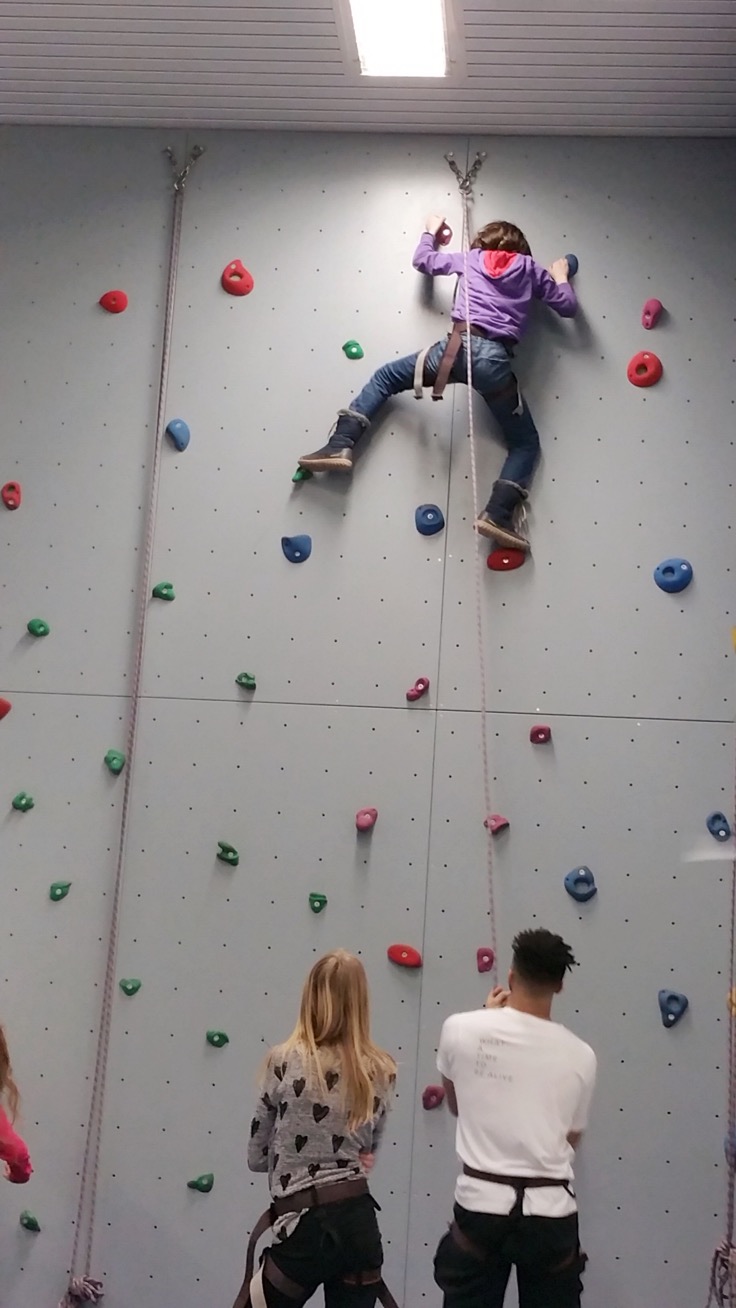
All in all, it has been an absolutely exhausting three-weeks with myriad impressions and the feeling we have only just scratched the surface. I’ve noted down the aspects Ina herself found important in her choice of school:
- Distance & safe cycling route
- Architecture: light, space, classrooms, the auditorium, the stairs, shared spaces
- Subjects offered beyond the basic VWO package
- Structure of the school day and learning support (e.g., homework class, mentors)
- The gym: size, atmosphere, and equipment
It was very difficult to choose from such diverse options but in the end Ina went with her gut instinct and put the Hyperion Lyceum at #1. Given its popularity, the rest of the list became more important than it might have been otherwise. But she told me to stop stressing: “Mummy, I liked all the schools I visited so it will be fine!” Keuzestress can be a luxury problem indeed.

